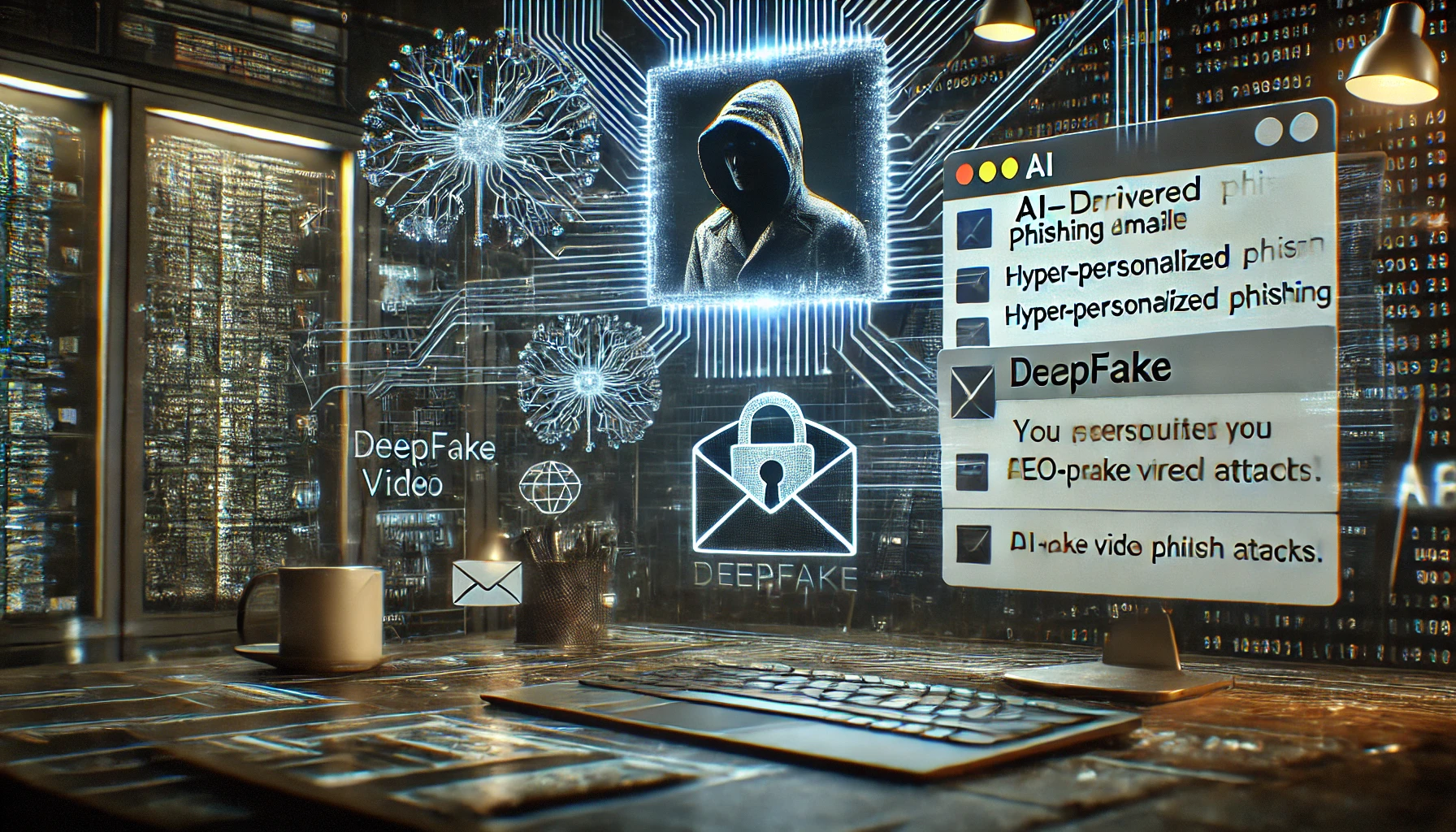AI-Driven Phishing: How AI is Transforming Social Engineering Attacks

The Rise of AI in Phishing: A New Age for Cybercriminals
In the world of phishing attacks, the old days of poorly crafted 'Nigerian Prince' emails are long gone. Thanks to artificial intelligence (AI), phishing has entered a sophisticated new phase—one where emails are hyper-personalized, deepfakes are disturbingly real, and the line between genuine and malicious content is blurrier than ever. AI is no longer just a tool for tech enthusiasts and researchers; it's becoming a favorite in the cybercriminal toolkit.
How AI Supercharges Phishing Techniques
Traditional phishing relies on human error—typos, fake logos, and generic greetings. But AI takes this game to a whole new level. Machine learning algorithms can scrape your social media profiles, analyze your online behavior, and generate eerily accurate phishing emails tailored just for you. It's like having a personal scam artist who knows your favorite coffee shop, the name of your pet, and even your last Netflix binge. One of the most cutting-edge methods is the use of Generative Adversarial Networks (GANs) to create deepfakes. These AI-generated audio and video clips can replicate voices or even create entirely fabricated 'video calls,' making it nearly impossible to distinguish fact from fiction. For example, hackers can use deepfake technology to mimic the voice of a CEO, convincing employees to transfer funds to fraudulent accounts—a technique known as Business Email Compromise (BEC).
AI-Driven Phishing in Action: Real-World Examples
The stats speak for themselves. According to the FBI's Internet Crime Report, BEC scams, often enhanced by AI, caused over $1.8 billion in losses in 2020 alone. And that's just one form of AI-driven attack. Cybersecurity firm Barracuda found that phishing attacks surged by 667% during the COVID-19 pandemic, as remote workers became prime targets. Case in point: In 2019, a UK-based energy firm fell victim to a deepfake scam in which the company's CEO 'called' an employee, instructing them to wire a large sum of money to a third-party account. The call, of course, wasn’t from the CEO at all—it was AI. The crooks got away with nearly €220,000 before the ruse was uncovered.
Can AI Help Defend Against AI-Driven Attacks?
It’s a bit of an arms race: AI against AI. Just as attackers are using AI to craft more believable phishing lures, defenders are also employing AI to detect and counter these threats. Machine learning models can scan incoming emails for suspicious patterns, analyze metadata, and flag potential phishing attempts before they reach your inbox. However, this raises a critical question: how effective can AI be when both sides are constantly evolving? While AI-based defense mechanisms have made significant strides, the challenge lies in staying ahead of the attackers’ innovations. It’s a classic case of cat and mouse—except the cat now knows how to code, and the mouse has a deepfake of the cat’s boss.
The Future of Phishing: What’s Next?
As AI technologies continue to evolve, so will the methods cybercriminals use to exploit them. The next frontier could involve combining AI-driven phishing with augmented reality (AR) or virtual reality (VR) environments, creating immersive scams that trick people into interacting with malicious content within virtual worlds. Imagine receiving a phishing email that pulls you into a fake virtual meeting where you unknowingly give away sensitive information. Quantum computing might also play a role in this future. While quantum computing promises to revolutionize encryption, it could also supercharge phishing attacks by cracking complex security codes faster than ever before. AI and quantum-powered phishing sounds like the plot of a dystopian novel, but we’re inching closer to that reality every day.
Conclusion: Will AI Be Our Savior or Downfall?
The battle between AI-driven phishing and AI-powered cybersecurity is ongoing. As hackers find new ways to exploit this technology, defenders must continuously adapt to outsmart them. It’s not just a matter of better algorithms, but of educating individuals and organizations to recognize and mitigate these increasingly sophisticated attacks. So, what do you think? Can AI truly stay ahead in this game of cat and mouse, or are we heading towards a future where phishing becomes impossible to stop? Share your thoughts and experiences in the comments below. How do you think AI will shape the future of cybersecurity?



